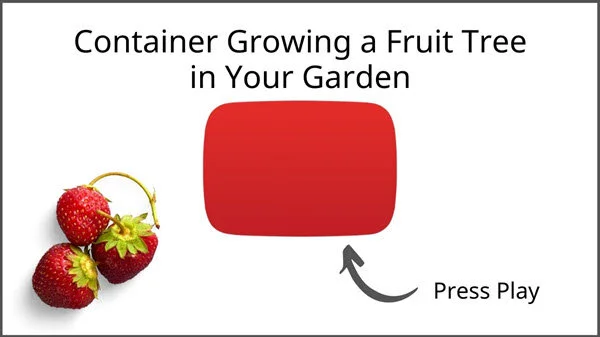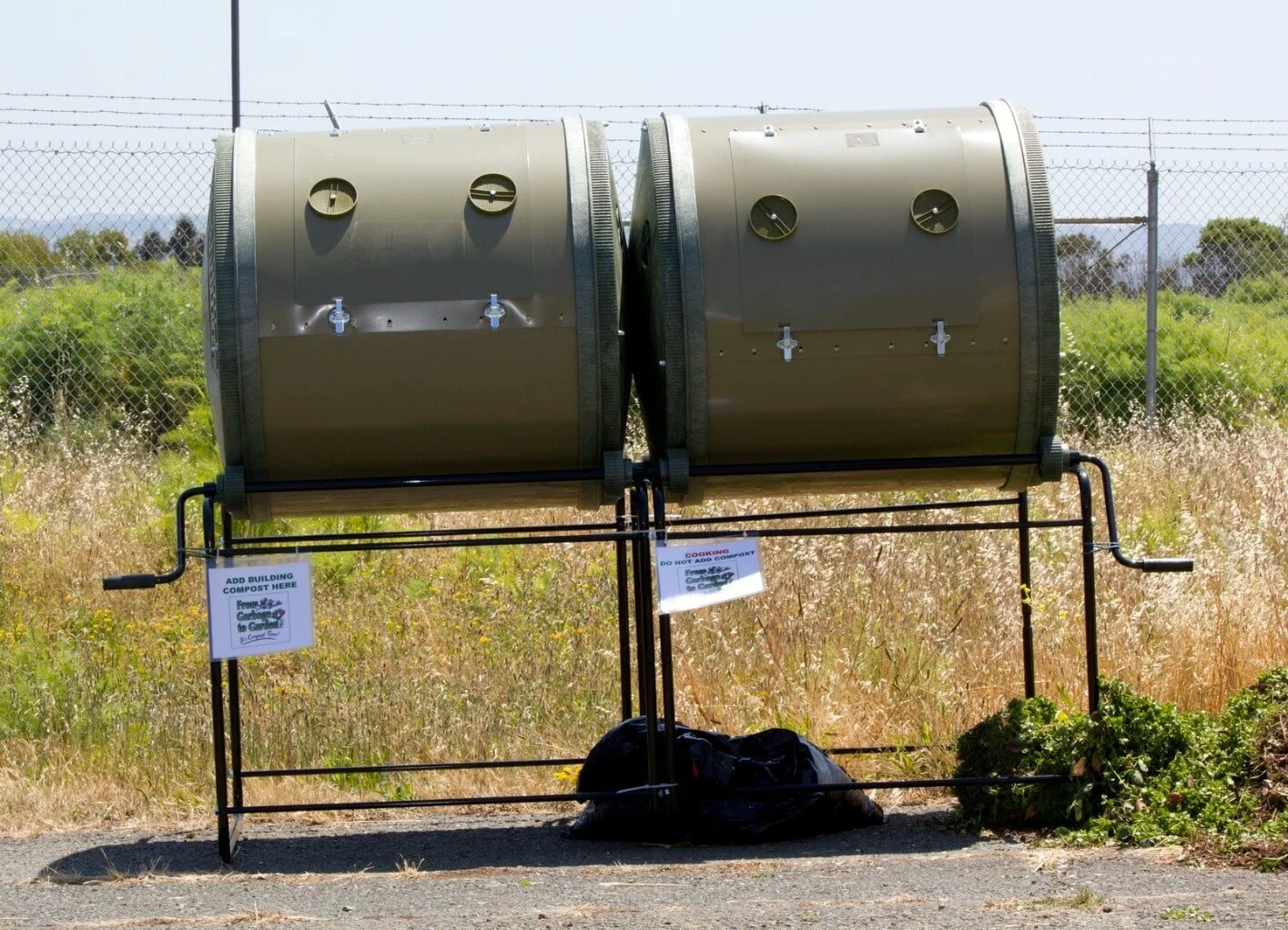Table of Contents
Last year I finally achieved a long-standing ambition - eating an apple from a tree I personally planted. And it was as delicious as it was satisfying!
It may seem like a pipe dream. In reality, it’s quite simple. There are a lot of easy to grow fruit trees and plants for beginners, and I’ll share with you the pick of the crop.
Types of Easy to Grow Fruit Trees and Plants
What kind of fruit would you like to grow in your garden? To help get you started, here are my ”best in show” easy to grow fruit trees and plants for beginners:
Strawberries
Strawberries are delicious, romantic, and fortunately, easy to grow.
Planting this fruit can be done in every way imaginable. If you don’t have garden space at your disposal, opt for containers, hanging baskets, flower pouches, or even window boxes.
Remember to plant them in well-drained soil and a full-sun position. You can add peat moss, compost, shredded bark, or manure to improve the drainage capability of your soil.
Go the extra mile and remove strawberry runners, as this has shown to enhance fruit growth.
Raspberries
An avalanche of tartness and sweetness stuns your taste buds at the first bite of these delicious fruits. Raspberries are one of the best easy to grow fruit plants because they are self-supporting.
They are not particular about their growing environment. Containers work just fine, but we grow ours in raised beds. Raspberries love their sun, and good drainage is also essential.
Eating raspberries offers you a range of flavors depending on the season and ripeness. The riper they become, the sweeter they taste.
There are two varieties of raspberries. Summer-fruiting raspberries are the more common type, and they bear crop in June or July. Fall or Autumn-bearing raspberries are ready for harvest from late summer and continue until frost arrives.
A mix of both types would provide you with good yield, but remember to remove the branches that produced fruits. Those that remain will yield the crop for the following year. For proper maintenance, trim down the canes to ground level every winter.
Blueberries
Tiny bursts of acidic and sweet flavor are what blueberries promise. These tasty fruits are a peach to grow. Their preferred housing would be containers, which are quite easy to come by.
After picking out the right container, make sure your plant is potted in acidic and moist soil.
To water your blueberries, use rainwater instead of tap water as the latter includes lime, which could steadily reduce soil acidity. Pick out the self-pollinating type and you can harvest blueberries with just one plant.
Blueberries will produce their crop in late summer, after about three years of growth. The great thing, though, is that it’s a gorgeous plant throughout the year that can beautify your patio with its pleasant colors and scented spring flowers.
Gooseberries
Gooseberries offer a full range of taste. From a sharp, sour taste perfect for sauces to a ripe sweet flavor that works wonders for cakes and is just as good as a snack.
These juicy fruits are quite low-maintenance, and they can survive for quite some time thanks to their hardiness. All they need is fertile soil and some sun exposure or even partial shade. But remember to keep them well watered when the crop is ripening.
Blackberries
The easy to grow fruit for the lazy bunch who are looking for something truly effortless. The blackberries are sweet juicy fruits with a hint of tartness. They grow so easily and require minimal care.
Pick any planter type you’d like, set them anywhere, and wait to reap their crop. All you have to do is plant them in slightly acidic soil and keep it moist.
Blackberries can be harvested in summer. For best results, try to plant them in early spring, then cut the canes to about 6 inches. If you manage to train your plant stems onto wires, the harvesting process will be much easier.
Honeyberries
Honeyberries look so much like elongated blueberries, and in fact, they taste very similar to them as well. These tough plants will also deliver a decent supply of antioxidants.
They’re tough plants that don’t need any special attention. They need full sun, well-drained soil, and decent airflow. To provide adequate circulation, put them in containers with proper holes and keep them off the ground. It’s also best if you change the containers every three years.
Growing honeyberries in pairs are best, as this increases pollination.
Goji Berries
Have you ever heard of the term ‘superfood’? Goji berries fit that description. They are very nutritious, an excellent source of antioxidants and have a multitude of different health benefits.
Wind and coastal conditions are no problem for these hardy plants. All they need is an ample amount of sunshine. Train these plants against a south-facing wall. This should maximize the fruit crop.
Goji berries are nutritious but also delicious. So as tempting as it might be, don’t harvest these fruits until they are fully ripe.
Currants
All currants are easy to grow fruits and they’re famous for their sweet earthy flavors. When choosing a baking recipe, currants in dried form are a go-to for cookies, pastries and cakes.
Pick your favorite out of the black, white, or red currants. Choose a sunny spot, as these fruits need plenty of light, plus shelter to flourish. Remember, we’re not the only ones that find currants tasty. Birds may get to the crop before you do, so protect your plants with a fruit cage. (Or let the birds tuck in. Bird numbers are declining in most areas.)
Apples
Apples are one of the most popular easy to grow fruits. If you set them in well-drained soil with full sun, you’ve done half the job. Prune them every winter to stimulate growth and you’ve become an apple-grower.
Containers can be a suitable option for apples, but nothing beats in-ground growing for these fruits.
In the case of containers, you might be best suited for a dwarf family apple which is one tree that gives you three different apple varieties. However, for garden-growers, choosing a couple of types will help them to pollinate each other.
Figs
Look at the color of these fruits! Figs look as delightful as they taste. Their juiciness and honey-like sweetness make them worth the effort. They need sunshine, but they also need warmth, and this is especially important in winter.
Forget about fruits doing okay in containers, figs prefer them. When their roots are restricted—such as in planters—they yield the best crops. You’ll start seeing figs on your plant in autumn, but bide your time till summer when you can harvest them.
Top Tips for Beginners to Growing Fruit Trees at home
There are many easy fruit trees to grow at home. You don’t necessarily need a large garden or even ground soil to plant your trees, but you’ll need to be aware of a couple of topics. Fruits need two main things to grow, a growing medium, and a planter. These can be translated into the soil and a container.
You can find different types of both. Each kind is more suited to different fruits.
Picking the Right Container
First and foremost, consider the size of your fruit tree. Small plants may only need an 8-inch wide container, while larger fruit trees will require a much larger 48-inch-wide pot.
Next up is the material of the container. You have a choice between weighty materials such as terracotta, clay, stone, and ceramic. Or the lighter wood and plastic containers.
Stone and clay pots are more stable but also heavier, while terracotta offers a balance in between. Wood containers may attract you with their look, but they can rot over time. Plastic containers are lightweight and long-lasting, so they offer a good choice.
Whichever container you pick, make sure that it’s also temperature-resistant enough for your fruit tree of choice. Additionally, check to see how effective their drainage holes are, especially if your fruit plant requires well-drained soil. (I often add a layer of pebbles at the bottom to allow better drainage for plants that don’t like wet feet.)
Picking the Right Soil
The two most important things about your soil or potting mix are aeration and drainage. Garden soil cannot be interchanged with container soil. They lack the properties to allow for proper drainage. This is why you’ll need a special potting mix.
Soils with moisture-control or where drainage has been considered are perfect for potted trees. Some even have a controlled-release fertilizer mixed in to reduce feeding requirements. To make them ideal for each fruit tree, ingredients such as peat moss, pine bark, or composted fir all work to tinker with soil properties.
Remember to also check on the soil acidity. Some fruits may require a particularly acidic soil, which you can achieve by the right ingredients. Loose soil can be acidified by some organic materials such as compost, manure, or sphagnum peat moss. On the other hand, compacted soil would need elemental sulfur or iron sulfate. You can check your soil’s pH with a soil meter.
This video shows you how to grow fruit trees and plants in containers:
Harvest Time
As you can see, there are many easy to grow fruit trees and plants for beginners. While you might think it’s a challenge, it really doesn’t need years of green thumb experience to get growing.
Learn by practice, and keep improving your methods until you’re satisfied with your crop. Happy harvesting fellow growers!
See More Gardening Tips























